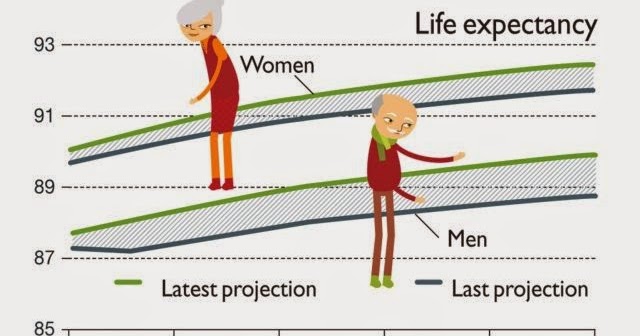

Mog disease life expectancy full#
Flanagan, MD, Department of Neurology, Mayo Clinic, 200 First St SW, Rochester, MN 55905 ( Contributions: Drs Lopez and Flanagan had full access to all of the data in the study and take responsibility for the integrity of the data and the accuracy of the data analysis. doi: 10.1001/jamaneurol.2020.3115Ĭorrection: This article was corrected on April 5, 2021, to correct an error in the first author’s name.Ĭorresponding Author: Eoin P. Nonetheless, the inclusion of additional patients with milder disease would support our conclusion that outcomes are good. Our limitations include risk of acquisition bias from irregular follow-up, overrepresentation of severe cases from referral bias, and underrepresentation of monophasic or milder cases less likely to undergo follow-up. Thus, more studies with longer follow-up are needed. No patients with MOGAD developed secondary progression, and a previous study of 200 patients with progressive MS found no MOG IgG seropositives, 6 but younger age and frequent immunosuppressant use in this study could be associated with longer time to progression. 5 These contrasting outcomes support biomarker-based over syndromic-based diagnostic criteria, as NMOSD prognosis with MOG IgG differs markedly from prognosis with aquaporin-4 IgG.Ī normal MRI (brain/spine) despite multiple radiologically confirmed relapses favors MOGAD over MS where residual T2 lesions are almost universal. Disability is less than with aquaporin-4–IgG NMOSD, with 65% being unilaterally blind or worse and 30% having an EDSS score of 6 or greater after a median of 8.3 years in a prior study. 1, 2, 4 While some long-term deficit was accumulated from the presenting attack (similar to prior reports), 1 additional attack-related EDSS score worsening in most patients suggests that attack prevention may be associated with lower long-term disability in relapsing MOGAD. Our finding of just 7% having an EDSS score of 6 or greater and 7% unilaterally blind or worse after a median of 14 years of follow-up is similar to outcomes in previous studies with shorter follow-up. We found that most patients with MOGAD had a favorable long-term outcome without secondary progression despite frequent relapses, differing from that reported with multiple sclerosis (MS) and aquaporin-4–IgG neuromyelitis optica spectrum disorders (NMOSDs). Shared Decision Making and Communication.Scientific Discovery and the Future of Medicine.Health Care Economics, Insurance, Payment.Clinical Implications of Basic Neuroscience.Challenges in Clinical Electrocardiography.


EDSS indicates Expanded Disability Status Scale NMO, neuromyelitis optica ON, optic neuritis TM, transverse myelitis VFS, visual functional system. Triple combinations were also used: steroids, rituximab, and IVIg, 2 steroids, rituximab, and oral immunosuppressant, 1 (7%). Of 14 patients who received combination treatment, the combinations included steroids and oral immunosuppressant, 13 steroids and rituximab, 5 steroids and IVIg, 4 rituximab and oral immunosuppressant, 1 and steroids and plasma exchange, 1. Twenty-three patients received 1 or more maintenance attack-prevention treatments, including MS medications excluding rituximab/ocrelizumab (n = 6) IVIg (n = 3) oral/intermittent IV steroids (n = 5) rituximab (n = 1) oral immunosuppressants (n = 6) or a combination (n = 14). Oral immunosuppressants included azathioprine, cyclophosphamide, methotrexate, or mycophenolate mofetil. Maintenance treatments with multiple sclerosis (MS) medications included any current or prior approved MS medications except rituximab and ocrelizumab. Short-term treatments were undertaken within 6 weeks and included 1 or more of corticosteroids (oral/intravenous ), intravenous immunoglobulin (IVIg), or plasma exchange.


 0 kommentar(er)
0 kommentar(er)
